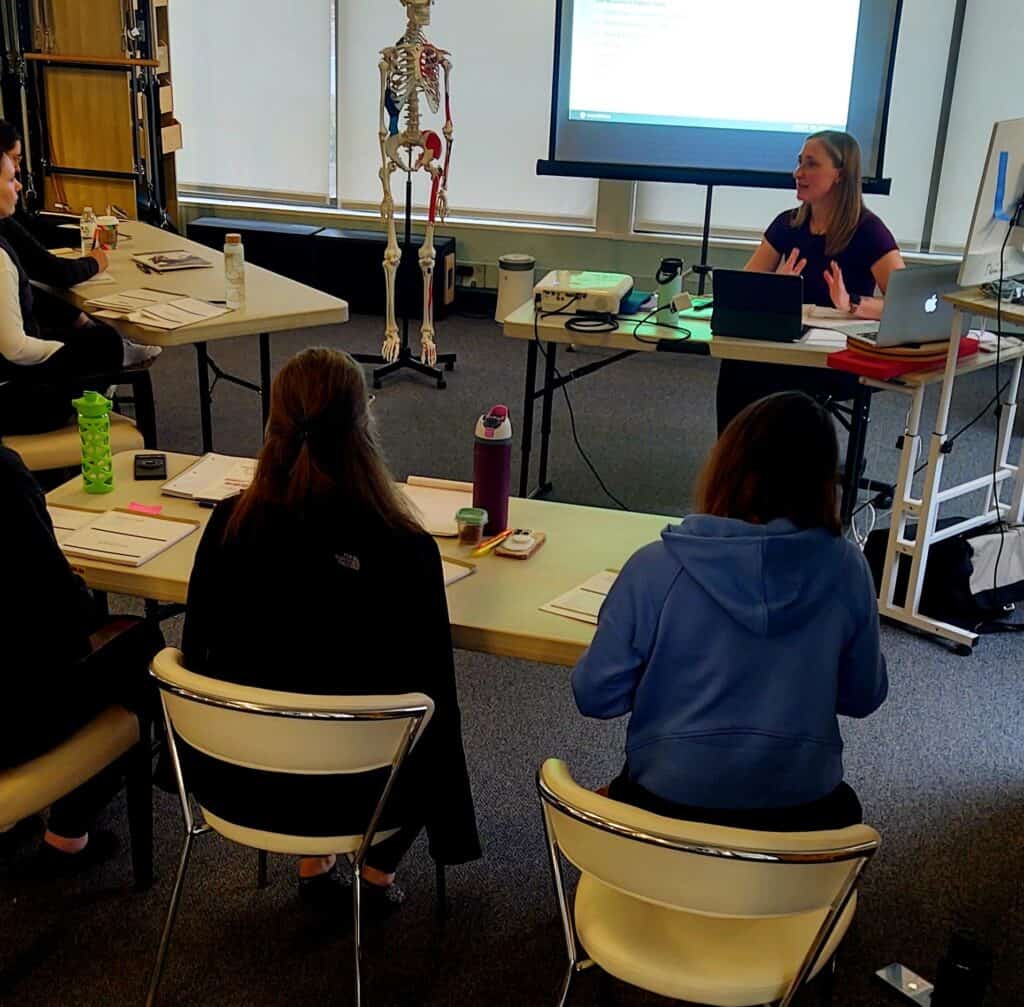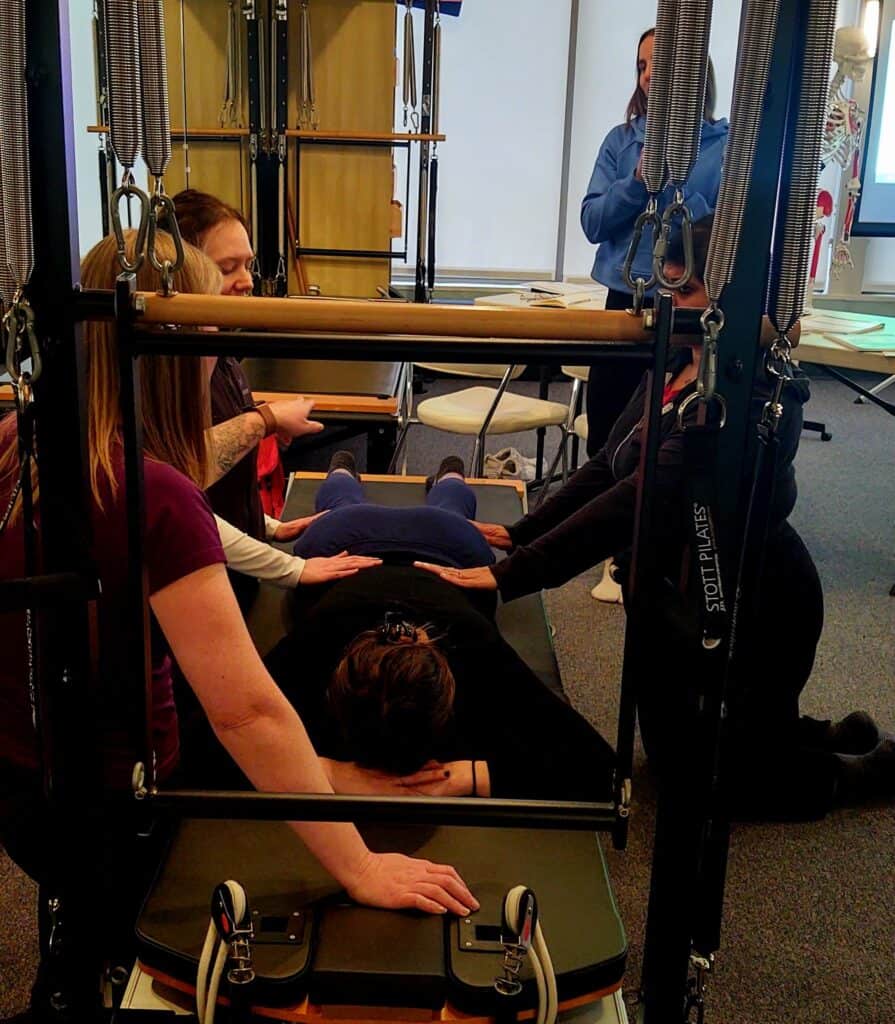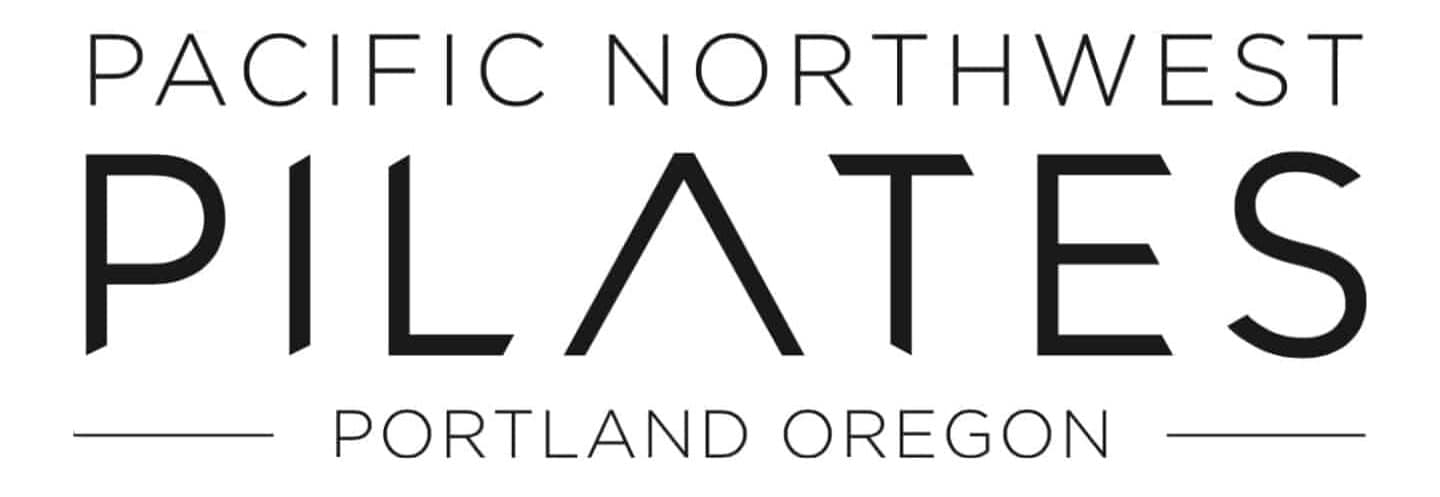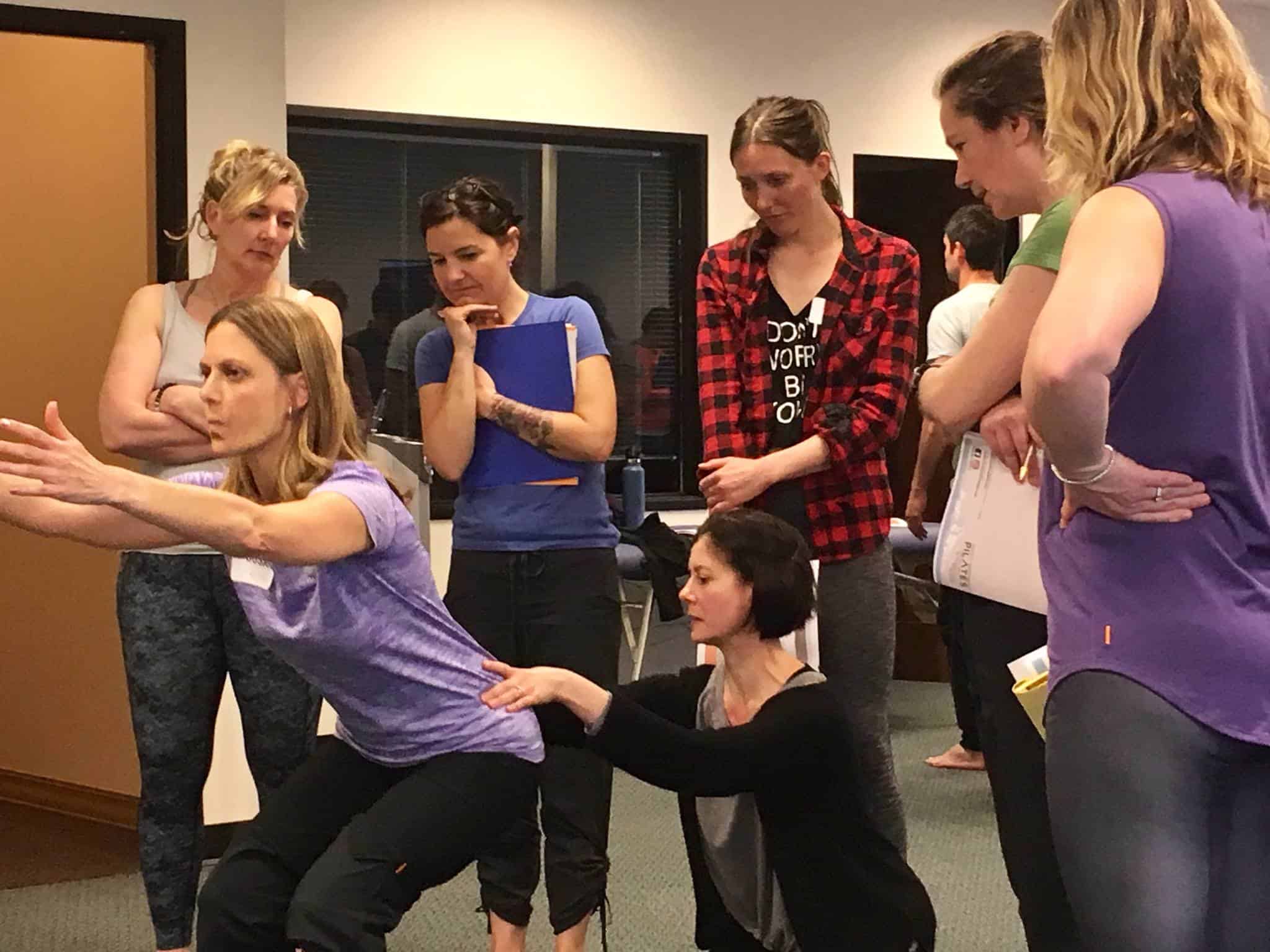As an owner of Pacific Northwest Pilates, I’ve spent more than two decades building a studio where Pilates is both a profession and a calling. I still teach a full schedule of clients with a wide range of ages, goals, conditions, and personalities—and I’m deeply involved in our education program, which offers the full STOTT PILATES® curriculum, including the Rehab Program.
Over the years, I’ve observed that some of the most compelling and thought-provoking questions arise in our STOTT PILATES® Injuries and Special Populations (ISP) course. While questions like these surface in many of our courses, ISP seems to open the door for deeper exploration and reflection—both about movement and about the people we work with every day.

What strikes me most is how complex the human body is—and how important it is to treat every client as a whole, individual person. Every time ISP is offered, I’m reminded of how vital it is to move beyond protocols and learn to think critically, observe closely, and respond with both insight and empathy.
We talk a lot in this field about strength and power. But the kind of power I see making a real difference isn’t just muscular—it’s the power of understanding. The ability to hear a question or watch someone move and respond with clarity, intelligence, and confidence. That’s what this work demands. And that’s what we support at PNWP—for both clients and instructors.
We also know that modern life isn’t doing our bodies many favors. Sitting too much, walking on hard surfaces, and moving in limited or repetitive ways can lead to imbalance, stiffness, and eventually injury. The body was designed for variety—for movement in all planes. Without that, even the most “fit” individuals can end up in pain.
That’s why ISP is such a powerful experience for instructors. This four-day course (coming up again November 13–16, 2025) helps movement professionals develop clinical reasoning skills to work safely and confidently with clients who have real-life movement challenges—chronic pain, neurological conditions, orthopedic concerns, or post-rehabilitation needs.
When I listen in or debrief with instructors after the course, the questions they’re grappling with always resonate:
- What is normal, really?
- Why are joint replacements so common in our culture?
- How can someone not know they have osteoporosis?
- Why do athletes get injured so frequently?
- Why do some people feel worse after they exercise?

Rather than offering pre-scripted answers or one-size-fits-all approaches, ISP challenges instructors to consider each client in their full context. It introduces tools for assessment, teaches how the nervous system and motor learning intersect, and reminds us that every body has its own story, capacity, and potential.
At PNWP, we see that complexity every day. Our instructors work with clients who are aging, injured, hypermobile, athletic, post-surgical, and neurologically diverse. No two programs look the same. Every session is shaped by what the client needs that day. That’s the beauty—and the responsibility—of this work.
And just like our clients adapt and change, so do we. That’s the quiet joy of a career in Pilates: the opportunity to keep learning, asking better questions, and becoming more attuned to the people in front of us.
What I know for sure is this: Pilates isn’t about chasing perfect form. It’s about helping people move better, feel better, and live better—no matter where they’re starting from.—Leslie Braverman
Interested in taking ISP or another course with us?
Explore upcoming workshops and courses, or reach out if you’d like to talk through what might be right for you.

